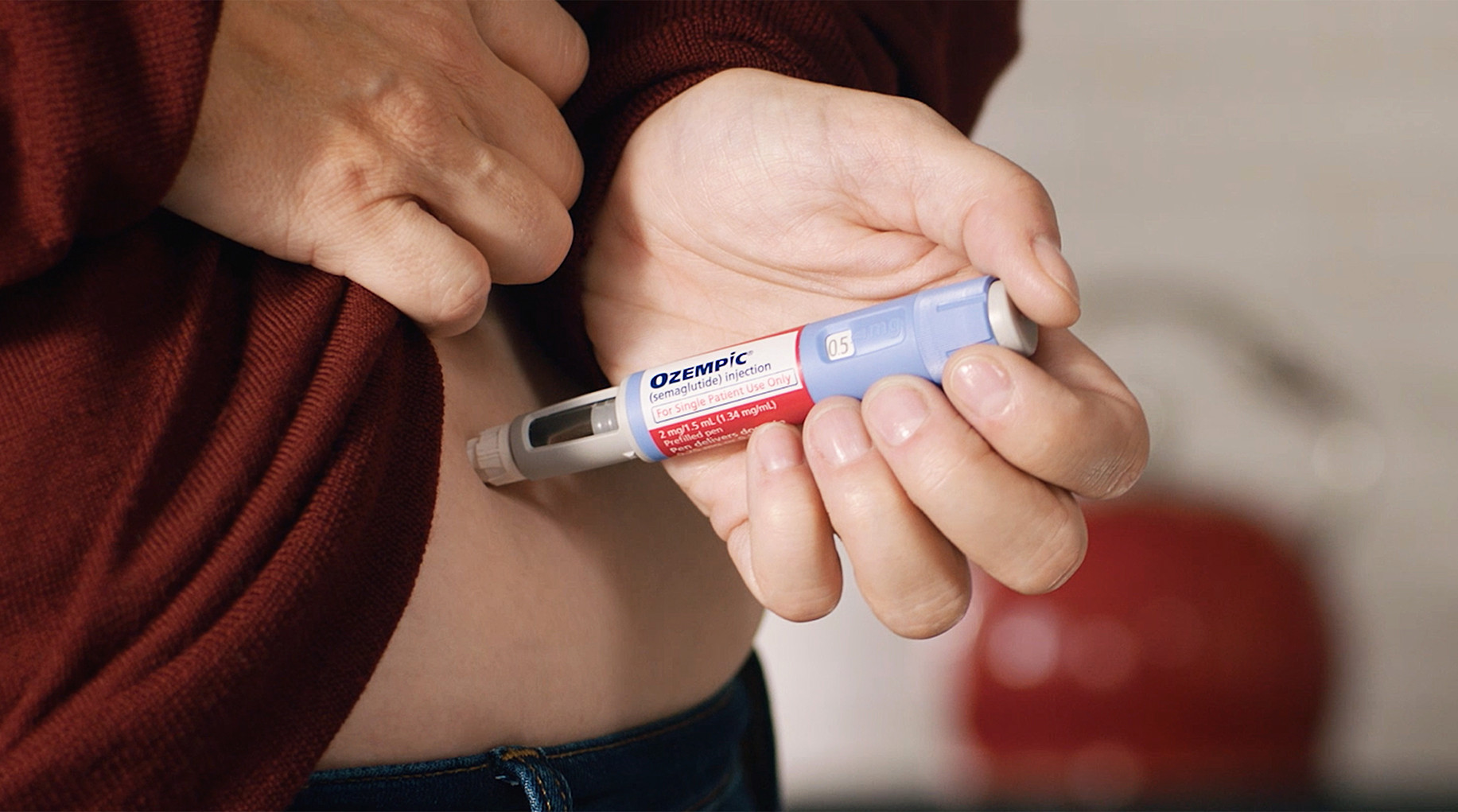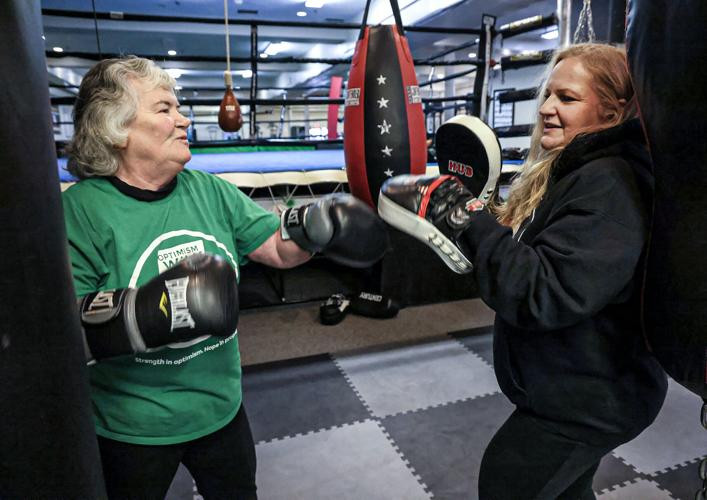A Silent Threat: Understanding Osteoporosis
It’s common to think of your bones as solid and unchanging, but they’re composed of living tissue constantly in flux.
Consider: Every year, 15% of your spine and 5% of your hips are replaced with new bone through a process called remodeling. Every 10 years, your entire skeleton will have rebuilt itself.
Who Should Worry About Osteoporosis?
Bone health should be on everyone’s radar, especially in midlife and beyond. An estimated 10.2 million people 50 and older have osteoporosis, and about 43.3 million more people have low bone mass, which puts you at high risk for osteoporosis.
Women in perimenopause and menopause are particularly at risk due to naturally falling estrogen levels. Estrogen is a key hormone in the bone remodeling process. When estrogen levels fluctuate during perimenopause and then plummet after menopause, bone loss accelerates.
People with hormonal disorders, such as hyperthyroidism and hyperparathyroidism, and the endocrine condition Cushing’s syndrome also have a greater chance of developing osteoporosis.
But anyone who has a condition that’s rooted in chronic inflammation is at increased risk for osteoporosis and should also be screened. These conditions include multiple sclerosis, Parkinson’s disease, rheumatoid and psoriatic arthritis, inflammatory bowel disease, chronic lung disease and skin conditions, such as severe eczema and autoimmune diseases of the skin, such as psoriasis.
Why Is Paying Attention to Bone Health So Important?
It’s important because your skeletal integrity often determines the quality of your life in your 70s, 80s and 90s. We’re seeing more and more people surviving strokes and even more than one cancer diagnosis. But once you start breaking bones, it can really impact your quality of life because it has the potential to cause you to lose your independence.
The Connection Between Chronic Inflammation and Osteoporosis
Treatment for inflammatory diseases, such as the long-term use of corticosteroid medication or certain anticonvulsant medication, can accelerate bone loss. But the inflammatory process itself can lead to bone loss, even before treatment begins.
Inflammatory diseases can potentially affect bone health because they produce an abundance of pro-inflammatory cytokines. These small proteins produced by the immune system increase the rate of bone-resorbing cells, which break down bone through the remodeling process.
Screening for Osteoporosis
A dual-energy X-ray absorptiometry (DEXA) scan is the gold standard for osteoporosis and low bone mass screening and diagnosis. It’s a painless, low-dose X-ray, generally of the hip and spine, to assess the mineral content of the bones that only takes about 20 minutes. A DEXA scan provides a T score, which is compared with the average bone density in a young, healthy male or female adult of the same race or ethnicity.
Who Needs a Bone Density Test?
A bone density test is recommended for:
- Anyone over the age of 50, especially women
- People with a family history of osteoporosis
- People with a history of fractures
- People who have been on long-term steroid medication
- Anyone with a chronic inflammatory condition
- Individuals at risk of falling
Risk factors can include the long-term use of steroid medication, such as prednisone, having an inflammatory condition or a family history of osteoporosis. Your doctor will consider your T score along with your risk factors to determine whether you require treatment.
Anyone who is at increased risk of falling should also have a bone density scan, such as those with Parkinson’s disease or other chronic conditions that affect your ability to be physically active. Anything that causes immobility increases the risk for osteoporosis.
Treatment for Osteoporosis and Low Bone Density
The great news is that there are plenty of treatments that can slow bone loss to increase bone density and improve bone strength and quality. If you have osteoporosis or low bone density, start treatment right away. There are so many options now.
Lifestyle Changes to Strengthen Bones
Beyond medication, there are a number of lifestyle changes you can make to help protect your bone health and prevent osteoporosis. These include:
- Eating a balanced diet rich in calcium: Aim for 1,000 mg of calcium per day. Good sources of calcium include dairy products, leafy green vegetables, fortified foods, and calcium supplements.
- Getting enough vitamin D: Vitamin D helps your body absorb calcium. Aim for 15 minutes of sun exposure each day. You can also get vitamin D through fortified foods and supplements.
- Engaging in regular weight-bearing exercise: Weight-bearing exercise helps to stimulate bone growth. Examples include walking, running, dancing, and weightlifting.
- Maintaining a healthy weight: Being overweight or obese can put extra stress on your bones. Aim for a healthy BMI.
- Limiting alcohol consumption: Excessive alcohol intake can weaken bones.
- Quitting smoking: Smoking can also damage bones.
A New Hope for Bone Health: The Role of Medication
A new bone-strengthening drug called abaloparatide will soon be available on the NHS, offering hope for thousands of postmenopausal women who are struggling with low bone density. This drug is a potential game-changer for those who are most severely affected by osteoporosis.
While medication can be a powerful tool in the fight against osteoporosis, it’s important to remember that lifestyle changes are crucial for long-term bone health. By incorporating these changes into your daily routine, you can take proactive steps to prevent bone loss and keep your bones strong for a lifetime.
Osteoporosis: A Global Concern
Osteoporosis is a global health problem, affecting millions of people worldwide. While there are effective treatments available, the key to preventing this condition lies in early detection and lifestyle modifications. By raising awareness and promoting healthy habits, we can work towards a future where osteoporosis is less common and people can live longer, healthier lives.
The Final Word: Embracing Bone Health
Our bones are the foundation of our bodies, supporting our movement and protecting our vital organs. By taking steps to protect our bone health, we can enjoy a more active and fulfilling life. Remember, prevention is always better than cure. So, make sure to speak to your doctor about your bone health, get regular screenings, and adopt a bone-healthy lifestyle. Let’s build a stronger future, one bone at a time!

















